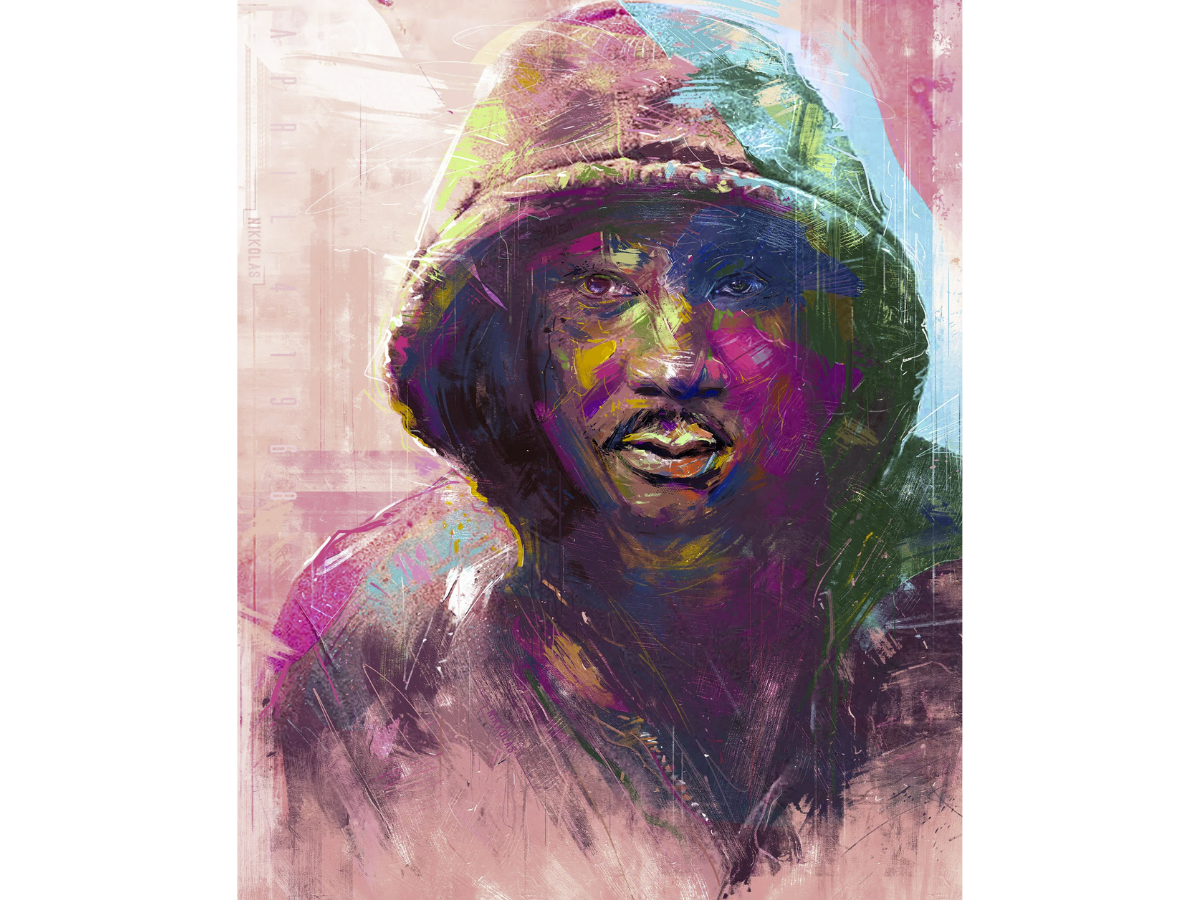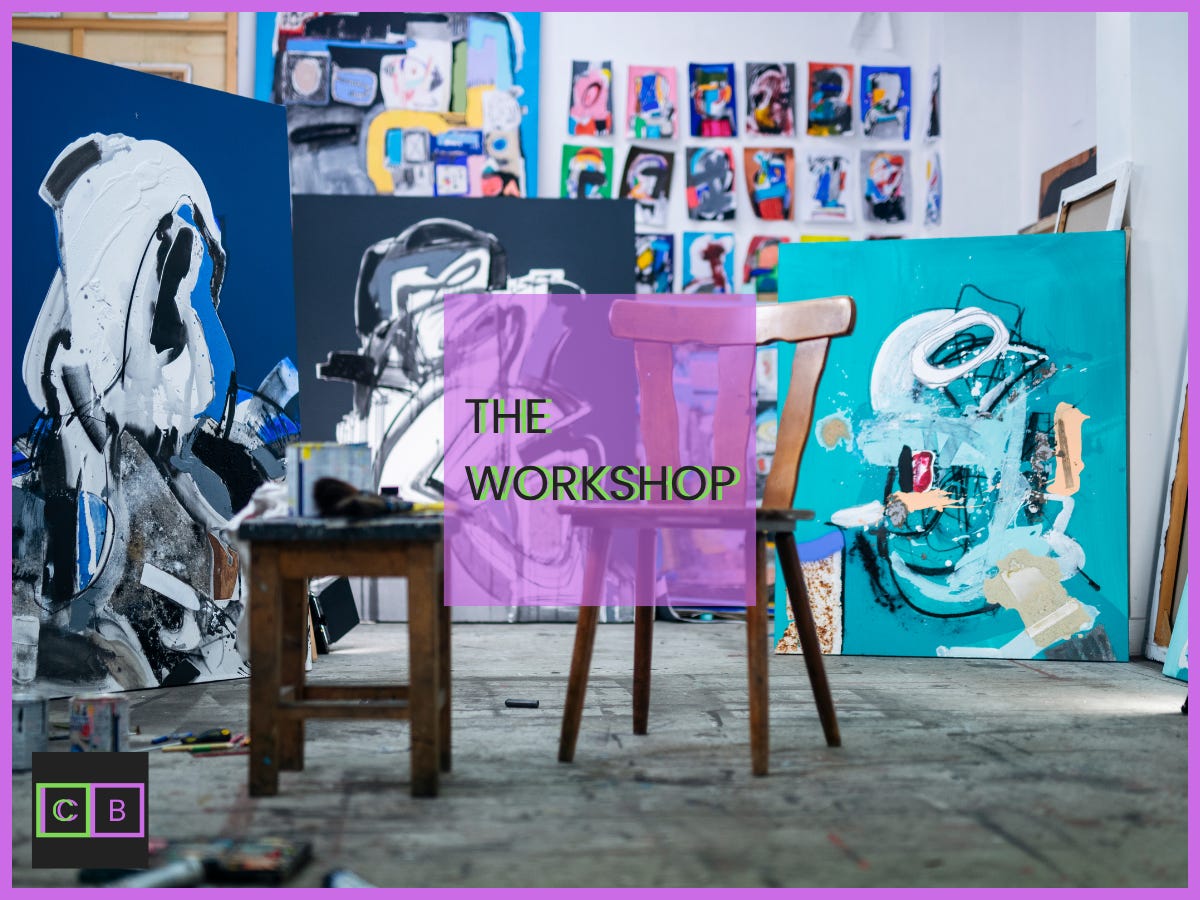A Branding Guide for Creative Integrity
Strong branding should actually support your creative integrity. Here’s how to do it.
Branding feels too corporate for many creatives.
Maybe you’re already uneasy about making money from your work. You worry that building a business around it will compromise your integrity.
Slapping a logo and a color scheme on that business? That feels like the ultimate sell-out.
But I have good news:
Strong branding should actually support your creative integrity, not compromise it.
Branding isn’t slapping a logo on something to make money. Strong branding is actually selfless. It extends the joy, challenge, learning, or entertainment of your work into spaces where the work itself can’t go. Often to people who will never buy anything from you.
With selfless branding, you’re giving value to the world for free. But by doing so, you’re also building a following that will happily pay for your work. And a career that supports your livelihood.
In this issue of The Workshop, I’ll show you what that looks like with an example from an iconic artist. I’ll also give you a downloadable guide to help you do it.
True Story
Of course branding feels corporate. Corporations invest billions every year in their brands. But that’s only because they have to.
In the corporate world, brands exist to create an emotional connection with buyers. They keep buyers buying at higher prices, even when it doesn’t make sense.
Corporate brand experts tell stories that favor emotion over logic:
Wear this shoe to perform like your favorite athlete.
Chew this gum so your breath doesn’t offend your date.
Drink this drink to connect with your friends.
Branding your creative business is different. You don’t have to invent a story to sell anything. The story that shows up in your work is a true story. It actually happened and it’s still unfolding as long as you keep creating. And your story generates real meaning and emotional connection for people who experience your work.
In other words, corporates spend billions to fake something you already have. So if you want to build a business around your work, it makes sense to use it.
Here’s a guide to help you build a brand around your story. Download it now and come back to it later.
Your Story in Three Parts
The story structure I use in the guide has three parts. They cover your history as a creator, your motivation to create, and the impact your work has on the world.
Your Spark
What sparked you to start creating? It might be conditions from your childhood, something that happened in the world, or a mentor who introduced you to creativity. That’s where your creative history starts. It’s also where your emotional connection with customers starts. Your spark humanizes your work, building empathy for you from those who either share your experience or want to support it.
Your Drive
What keeps you creating? “I just have to create!” might be your immediate answer. But why do you feel that way? Do you have a specific mission you support through your work? A purpose that serves you or the broader world? Capture it. Referring to it in your brand marketing will attract a following of people who support the same mission.
Your Message
What message does your work teach people? All creative work sends a message that challenges beliefs or creates awareness. Your message might be positive but it doesn’t have to be. Maybe your work makes people feel hopeful or content in the face of difficulty. Or maybe it intensifies discomfort by shining light on a problem. However it teaches, your message should reinforce your drive. It’s evidence for customers that you’re on the mission you say you’re on.
Let’s look at an example from the art world.
Nikkolas Smith

Nikkolas Smith is a self-described artivist—a blend of art and activism that he champions. He grew up in Houston, Texas in a household that appreciated art.
But the spark for Smith’s artivism came in February 2012 with the killing of Trayvon Martin. The following summer, after Martin’s killer was acquitted, Smith revealed his iconic portrait of Dr. Martin Luther King, Jr. wearing a hoodie similar to the one Martin wore when he was killed.

Smith’s drive is a clear demand for social justice. His message? His work challenges the way the world views Black lives.
Beyond Your Work
Nikkolas Smith’s story is a compelling one to learn from for several reasons. His spark, drive, and message are clear. But more importantly, his artivist mission extends beyond his work. Smith’s speaks and writes about social justice in places having nothing to do with selling work. And he inspires other artists to join him.
As he stated in a 2020 interview with My Modern Met:
“Artivism is my way of using art to inspire people to make a positive change in the world. That is sometimes accomplished by painting what is broken, and sometimes by painting what our world would look like if the issues (social, environmental, etc.) were fixed. Seeing eyes and hearts open up when my art is viewed is one of the main things that makes me proud to be an Artivist.”
Smith impacts people all over the world who aren’t buying. It’s the mission, not the money, that matters to him. Yet that connection with meaning has enabled him to build a healthy, independent career around his work.
That’s what selfless branding does. It provides value by supporting a purpose that extends beyond your work. In places where your work doesn’t naturally go—like a news site, a podcast, or a stage.
This Week
If you’re worried about protecting your creative integrity this week, work on building your selfless brand.
Use the guide to define your story and to translate it into inspiration for your marketing.
Then start brainstorming ways to share your selfless brand with the world.
Have thoughts, questions, or an “aha” moment?
Reply to this email or leave a comment. I read every message and love hearing how your creative business is unfolding. Your insight might even shape a future edition of The Workshop.
New to The Creative Build?
I publish two posts a week to help creatives turn their talent into thriving, independent businesses:
The Weekly Build (Fridays): Advice, mindset, confidence
The Workshop (Mondays): Tools and frameworks you can put to work
Subscribe to follow along. You’re not building alone.


